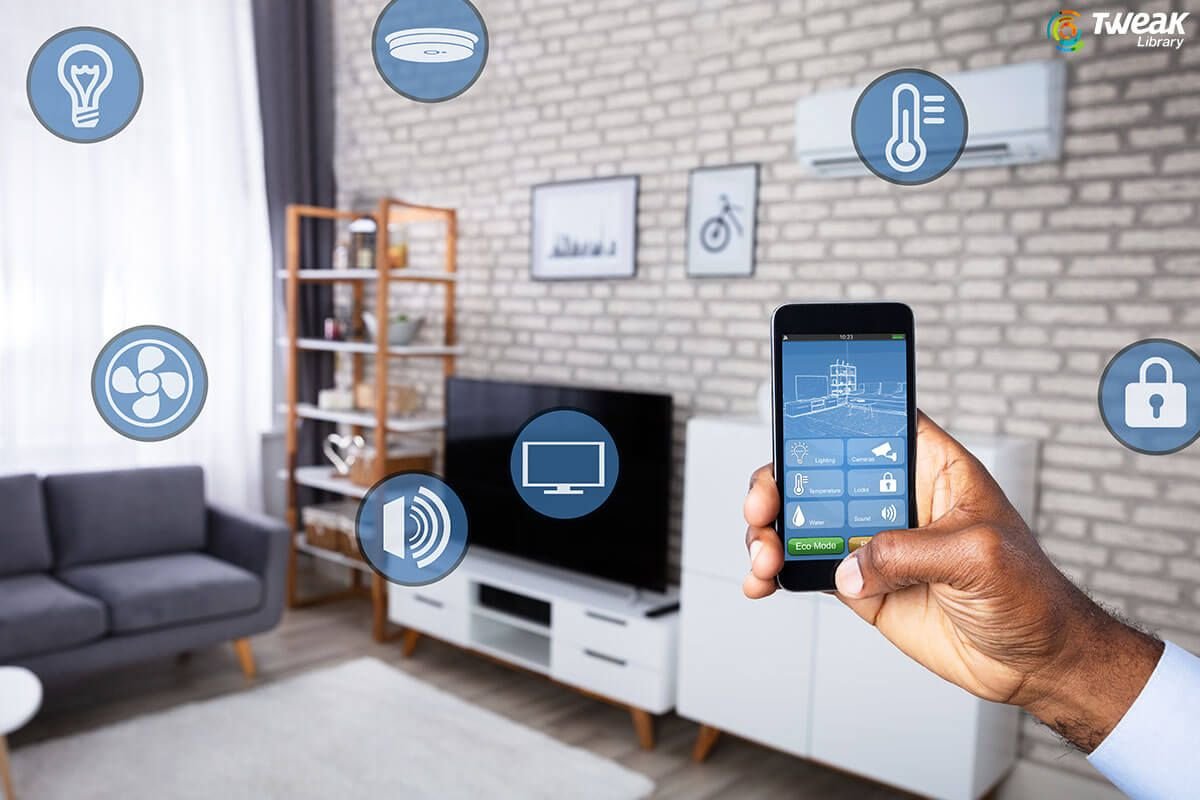
Ambient computing describes a world where technology fades into the background — sensors, voice assistants, and smart devices work together seamlessly. In the connected home, this promises convenience but raises challenges around interoperability, privacy, and thoughtful design.
What is ambient computing?
Ambient computing centers on context-aware systems that proactively assist users. It blends sensors, ML inference, voice and gesture inputs, and networked devices to create experiences that feel natural and unobtrusive.
Interoperability: the core technical challenge
Historically, smart homes suffered from fragmentation: proprietary clouds, different protocols, and isolated silos. New efforts (e.g., Matter) aim to standardize device discovery and control across ecosystems. Interoperability reduces vendor lock-in and simplifies user experience.
Protocols and network stacks
Key technologies in smart homes:
-
Wi-Fi & Ethernet: High bandwidth for cameras and hubs.
-
Thread: Low-power mesh networking ideal for sensors.
-
Zigbee / Z-Wave: Established low-power standards with broad device support.
-
Matter: Emerging application-layer standard to unify device models and control.
Designers should architect for multi-protocol gateways and prefer open standards to increase longevity.
UX and interaction models
Ambient interfaces should be:
-
Predictive but controllable: Offer automation but keep clear ways to override decisions.
-
Context-aware: Use presence and preferences without being intrusive.
-
Multi-modal: Combine voice, touch, and app control for different situations.
Design patterns include graceful defaults, transparent automation logs, and clear notification management to prevent “notification fatigue.”
Privacy and security by design
Ambient systems collect rich context: occupancy, audio, and usage patterns. Best practices:
-
Local-first processing: Keep sensitive inference (e.g., voice wake word detection) on-device or at the edge.
-
Data minimization: Only capture what is needed; anonymize data when possible.
-
User control and transparency: Provide clear dashboards for data access, sharing, and deletion.
-
Secure updates and keys: Devices must support secure boot, signed updates, and protected key storage.
Developer considerations
-
Build flexible device models that map to standard schemas (e.g., Matter device types).
-
Offer privacy-safe telemetry options and clear opt-in/opt-out flows.
-
Plan for intermittent connectivity and local fallback behaviors.
Business implications
Companies should weigh convenience against long-term trust. Interoperability can lower friction for consumers but may change revenue models that relied on platform lock-in. Services that add demonstrable utility while respecting privacy are more likely to gain adoption.
The invisible future — and what to watch
Expect:
-
More hybrid cloud/edge models for low-latency, private processing.
-
Greater standard adoption (Matter, Thread) simplifying device ecosystems.
-
Composability: Homes where devices from different brands combine into unified automations.
-
Regulatory focus: Increased attention to data protection and IoT security standards.
Conclusion
Ambient computing can make homes more helpful, safe, and energy efficient — but only if designers, engineers, and businesses build with interoperability, privacy, and clear control in mind. The goal should be technology that disappears when not needed and empowers people when it is.



